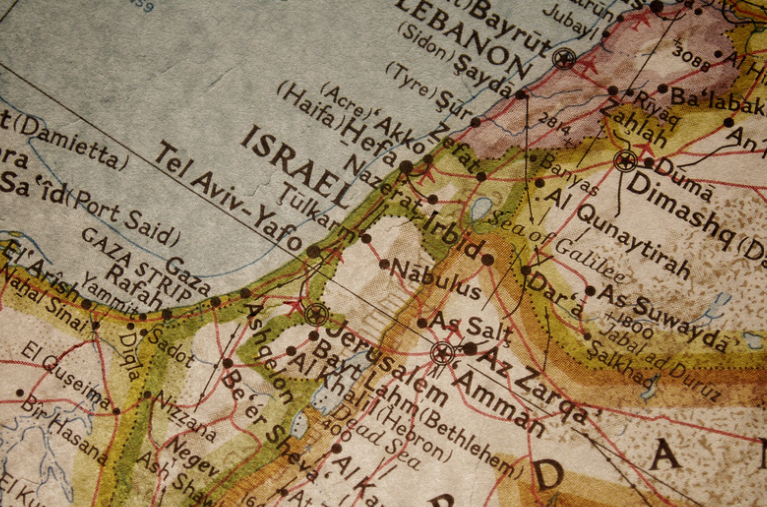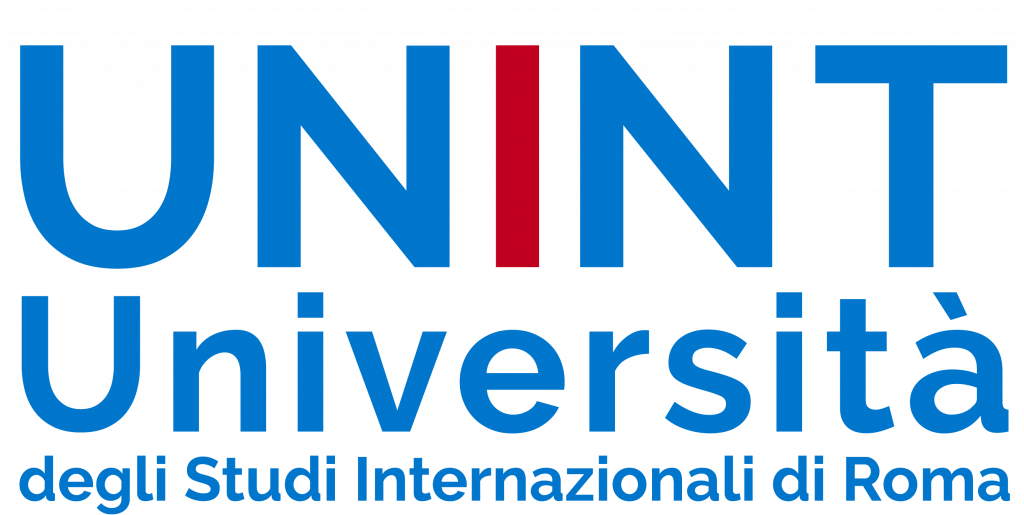Assessing the two-state solution: feasibility, challenges, and prospects
- 30 Novembre 2024

On November 27, the first of two days of the conference “Discussing Stability and Peace in Turbulent Times: Local, Regional and International Ramifications of the War on Gaza” took place at the Aristotle University of Thessaloniki. The conference is organized thanks to the collaboration between the Black Sea and Eastern Mediterranean Review and the Al Jazeera Centre for Studies, as well as the Universities of Nicosia and Aristotle of Thessaloniki. Subsequently, a re-adaptation of the speech by Stefano Lovi, PhD Candidate, entitled “Assessing the two-state solution: feasibility, challenges, and prospects.”
The ongoing Israeli-Palestinian conflict remains one of the most complex and protracted disputes in modern history. While the Two-State solution has long been heralded as the most viable path to peace, its realization faces immense challenges. This essay examines the difficulties, prerequisites, and potential strategies for implementing a Two-State solution, considering historical context, political philosophy, and contemporary developments.
Tracing the historical trajectory of the Two-State proposal, from the Oslo Accords of the 1990s to today, reveals shifting geopolitical landscapes and entrenched barriers. While the Accords initially inspired hope, the subsequent three decades have witnessed significant changes, including the expansion of Israeli settlements and increased fragmentation of Palestinian territories. The sheer scale of these obstacles necessitates a pragmatic approach—one grounded in the “lowest common denominator” of the needs of both sides.
In this context, the Italian adage “Vittoria di Pirro” (Pyrrhic victory) serves as a cautionary metaphor. A settlement must avoid being a hollow victory for either side. Instead, the focus should be on achieving an agreement that, while imperfect, enables the establishment of a legally recognized Palestinian state, paving the way for long-term peace and mutual respect.
Several challenges impede the realization of a Two-State solution. These include territorial disputes, the fragmentation of Palestinian governance, and domestic pressures within both Israeli and Palestinian politics.
A critical issue is the delineation of clear and mutually acceptable borders. The expansion of Israeli settlements in the West Bank, particularly in Area C, has created a patchwork of isolated Palestinian enclaves, drawing comparisons to South Africa’s apartheid-era Bantustans. These developments have made territorial continuity – a fundamental aspect of statehood – nearly impossible. Moreover, ongoing Israeli military actions and settler violence exacerbate tensions, further undermining prospects for peace.
The political fragmentation within Palestinian leadership also poses a significant hurdle. The longstanding rift between Hamas and Fatah has hindered unified representation. However, recent efforts toward reconciliation, including those mediated by China, offer a glimmer of hope. The creation of a provisional government to oversee both Gaza and the West Bank could strengthen Palestinian capacity for negotiation and governance.
On the Israeli side, concerns about security remain paramount. Extremist factions within Israel oppose Palestinian statehood, citing existential threats. However, voices such as Yair Lapid, the opposition leader and former prime minister, advocate for a balanced approach that addresses Israel’s security needs while fostering stability and peace.
To chart a viable path forward, it is essential to revisit the fundamental characteristics of a state as defined in political philosophy. These include:
- international recognition: while Palestine is recognized by 147 states, it lacks recognition from Israel and the United States – key actors whose acknowledgment is crucial for legitimacy in the international system;
- monopoly of legitimate violence: Max Weber’s criterion underscores the need for a state to control its territory. The Palestinian Authority’s limited security capabilities, as outlined in the Oslo Accords, and this doesn’t allow it to have an army;.
- territorial integrity: a state’s power must be exercised over a contiguous and well-defined territory. The current fragmented state of Palestinian lands undermines this principle;
- economic independence: financial self-sufficiency is vital for the sustainability of a state. Given the estimated $40 billion cost of rebuilding Gaza, international support will be indispensable in laying the foundations for a viable Palestinian economy.
Achieving a Two-State solution requires a multifaceted approach involving political compromise, international mediation, and grassroots initiatives. Drawing on the 1967 borders with agreed-upon land swaps, as proposed by historians like Ben-Ami, offers a potential framework. This approach would ensure territorial continuity and address security concerns for both sides.
Neutral actors, potentially under the auspices of the United Nations or independent states, must facilitate dialogue and monitor the implementation of agreements. Historian Ilan Pappé emphasizes the importance of mutual recognition of suffering and national aspirations as a basis for reconciliation.
Interfaith and intercultural initiatives can play a pivotal role in building trust between communities. These efforts should complement diplomatic negotiations, fostering a popular consensus for shared solutions.
One of the critical lessons from the Oslo Accords is the need for enforceable commitments. Future agreements must include robust mechanisms to ensure compliance and accountability.
In conclusion, the Two-State solution, while fraught with challenges, remains the most viable framework for resolving the Israeli-Palestinian conflict. Its realization hinges on pragmatic compromises, international support, and a commitment to addressing the core elements of statehood. As the international community grapples with the worsening crisis, a renewed focus on diplomacy, backed by binding commitments, offers the best hope for a just and lasting peace.
Stefano Lovi – PhD Candidate


